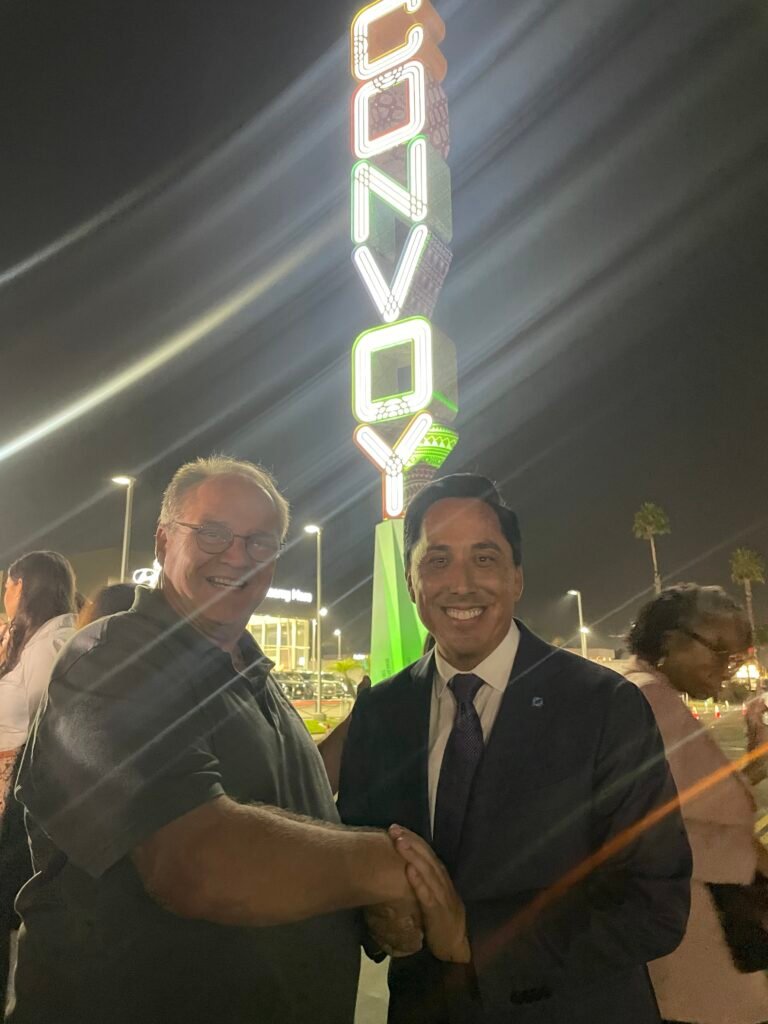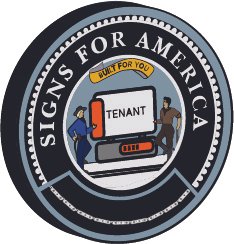Convoy District Gateway Sign Unveiling
Iconic Signage creates the Identity of an area. Here is an example. We installed the CONVOY sign, and it is a hit. Here is what others say about the sign
There are a lot of iconic signs and structures. In Saint Luise, the arc is like a brand. You see the arch, and you know it is the gateway to the west, you’re seeing St. Louis. The Eiffel tower screams – France, the Statue of Liberty is New York. Click on the pictures below to learn more.
Iconic Signage creates the Identity of an area. Here is an example. We installed the CONVOY sign, and it is a hit. Here is what others say about the sign. Click on the pictures below to learn more.

Frank Murch and the mayor in front of the Convoy Sign
San Diego had a number of unique community identity signs.
This sign joins these as an Iconic land mark.
This sign was designed by Bennett Peji.
Bennett Peji is a strategic communications planner, brand consultant, designer and specializes in civic branding. Using his Asian heritage and history with the Asian Business Association, he created a master piece. Eash element represents a different Asian culture, Filipino, Chinese, Japanese, etc.
Installing this sign is a complex process. The sign itself is extremely heavy: it has a steel structural frame, while the visible components are aluminum and acrylic. Although the exterior may look clean and simple, it is fragile, and handling it correctly requires years of experience and skill.
The work begins with a concrete footing containing long threaded rods set deep into the foundation. These rods must be precisely aligned to accept the base—a welded steel pole measuring 6×6 feet and 8 feet tall. Both the base and the sign are built with matching plate-and-bolt patterns. Once the pole is mounted, it is carefully leveled; even a small error at the base can translate into a significant misalignment at the top.
The sign is then rigged securely using the proper slings, hooks, and shackles, ensuring it is lifted evenly so the base plate aligns perfectly. Our certified crane operator coordinates with the ground crew to raise the sign into place. After it is positioned, the sign is bolted to the structure or set into concrete, depending on the design requirements.
Two NCCCO-certified crane operators were onsite to oversee transportation, rigging, and signaling. The crane, an older Garland model specifically suited for sign installation, can reach up to 80 feet.
The process involves staging the sign from a long trailer and positioning it using match plates to swing the sign into its final location. Once the plates align, the sign is bolted in—completing the most technically demanding part of the job.




